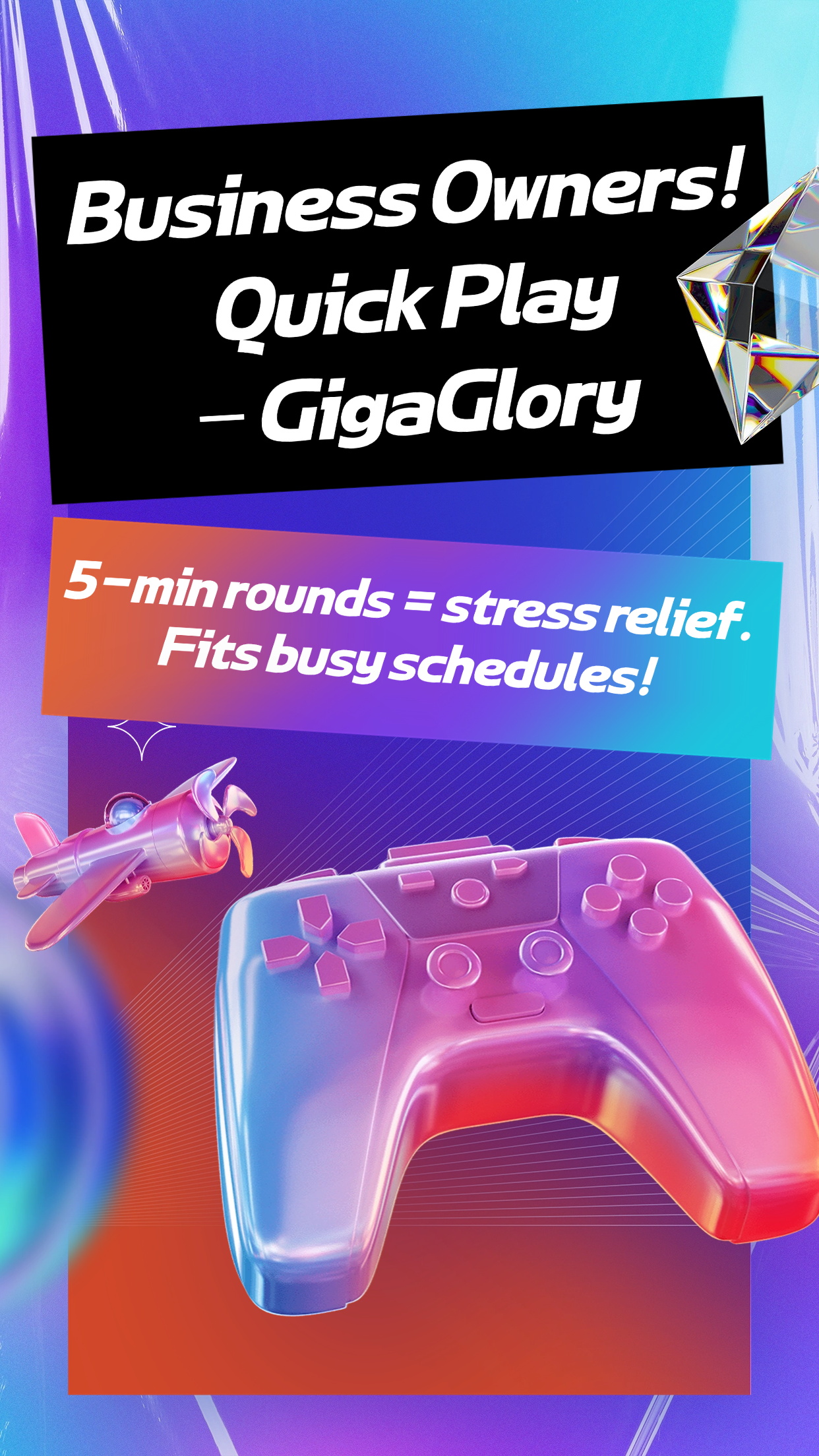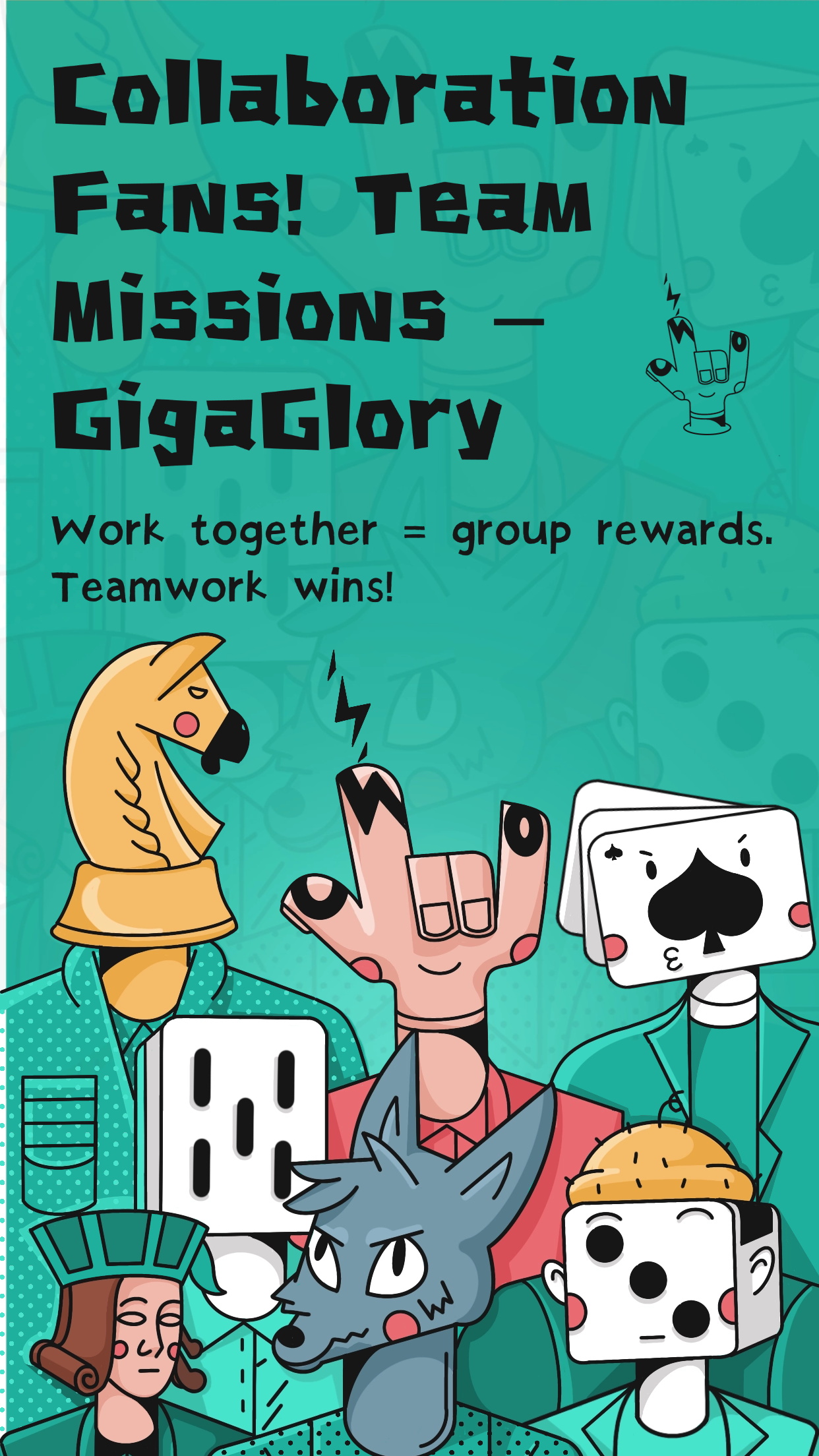Unlocking Success: How Sandbox and Business Simulation Games Shape the Future of Interactive Learning
In the modern education landscape, interactive learning is no longer a novelty—it's a necessity. As we explore the world of sandbox games and business simulation games, it becomes clear that these tools are not only engaging but also revolutionizing the way we approach learning. This article will uncover how these formats of games provide unique experiences, fostering creativity and practical skills among learners.
Understanding Sandbox Games
Sandbox games, characterized by their open-world designs and player-driven mechanics, offer a versatile playground for exploration and creativity. Unlike traditional linear games, sandbox formats like Minecraft allow players to build, modify, and create their own experiences. The significance of this type of gameplay extends beyond entertainment:
- Encourages **problem-solving** skills
- Fosters **creativity** and innovation
- Facilitates **collaboration** among players
The Role of Interactivity
Interactivity in sandbox games heightens engagement—players invest emotional and cognitive energy, making the learning process more memorable. The freedom to explore different outcomes develops critical thinking, beneficial for both personal and professional growth.
Business Simulation Games: A Closer Look
While sandbox games thrive on imagination, business simulation games focus on practical application. These games simulate real-world business challenges, helping players develop strategic thinking and decision-making skills. Examples include:
| Game Title | Core Concept | Learning Benefit |
|---|---|---|
| SimCity | City Management | Urban Planning Strategies |
| RollerCoaster Tycoon | Amusement Park Management | Economic Principles |
| Capitalism Lab | Comprehensive Business Management | Understanding Markets and Competition |
The Impact on Learning
Utilizing a mix of sandbox and simulation games in educational settings can have a transformative impact. By simulating real-world consequences in a virtual space, learners can experiment without the fear of failure. Here are some critical points:
- **Risk-free environment**: Create and analyze without real-world repercussions.
- **Hands-on experience**: Apply theory in practice, bridging the gap between learning and application.
- **Stronger retention**: Experiences in immersive environments lead to better memory retention.
Innovations in Interactive Learning
From integrating ASMR games on Cool Math Games to exploring platforms that provide free content like Delta Force, the landscape of interactive learning is ever-expanding. These innovations cater to various learning styles, making education more accessible and engaging.
Creating Effective Learning Environments
To harness the full potential of sandbox and simulation games, educators must consider several factors:
- **Accessibility**: Ensure that all learners can access the games; consider different platforms and device compatibility.
- **Game alignment**: Choose games that align with learning objectives and curriculum.
- **Integration into learning plans**: Seamlessly incorporate these games into lesson plans for maximum impact.
Challenges and Considerations
While the potential is vast, educators face challenges such as varying tech literacy among students and the need for proper training to facilitate the effective use of these games. Additionally, some games may not always address specific educational objectives or may require significant prep time to integrate effectively.
Further Questions from Educators
As interest grows, several questions emerge relating to using sandbox and business simulation games in the classroom:
FAQ
Q: Can sandbox games really enhance critical thinking?
A: Absolutely, they provide a platform for experimentation and developing unique solutions to problems.
Q: Are business simulation games too complex for younger learners?
A: Many business simulations offer varying difficulty levels, making them suitable for different ages.
Q: What is the cost associated with these games?
A: Many sandbox and simulation games are available for free or at a minimal cost, making them accessible for educational institutions.
Conclusion
As we continue to explore the interplay between gaming and education, sandbox and business simulation games emerge as essential tools for interactive learning. They not only make education engaging but also empower learners with the skills necessary for future success. By adopting these innovative approaches, educators can unlock a world of possibilities, guiding students towards greater creativity, critical thinking, and readiness for the challenges ahead.



